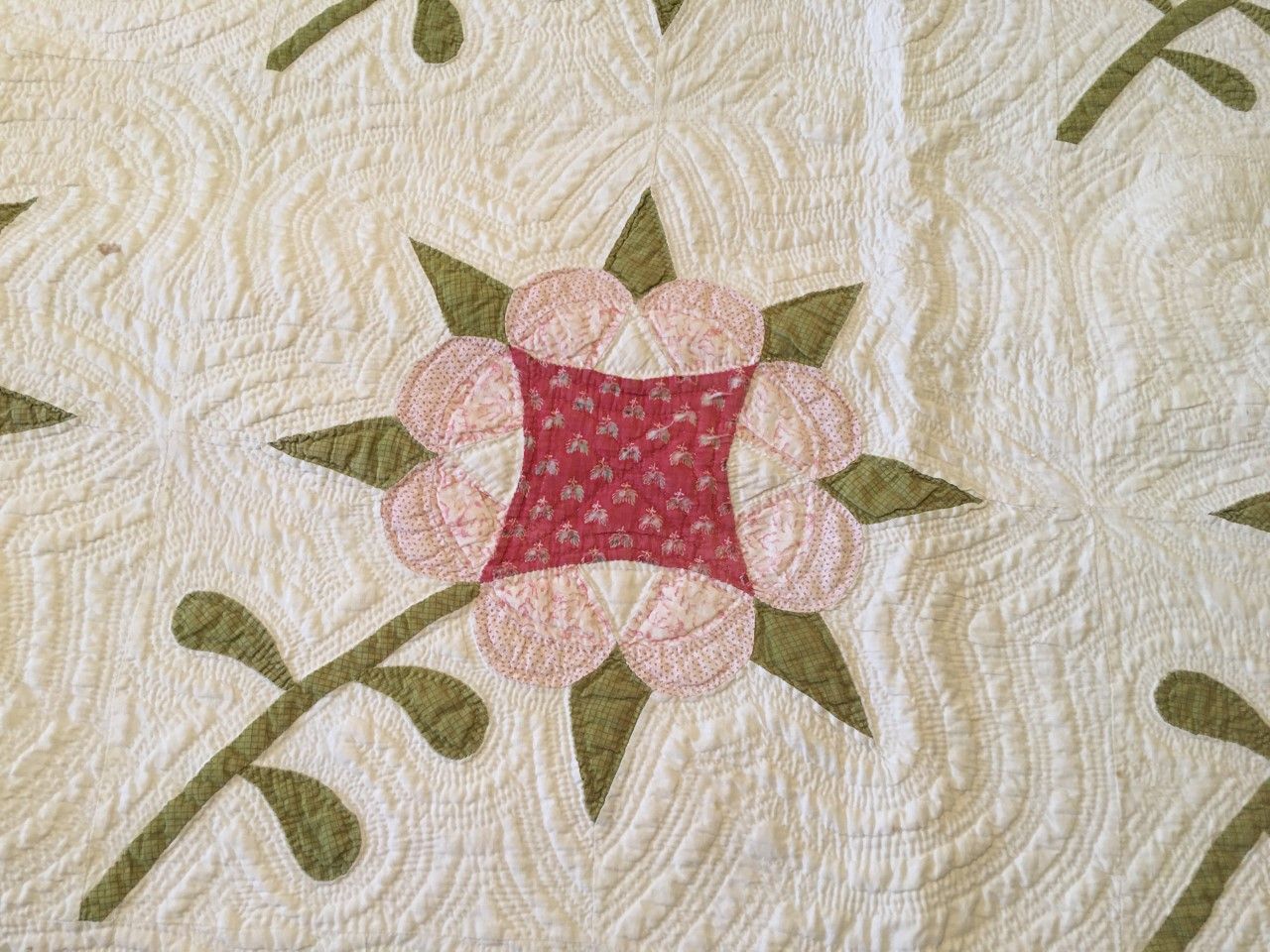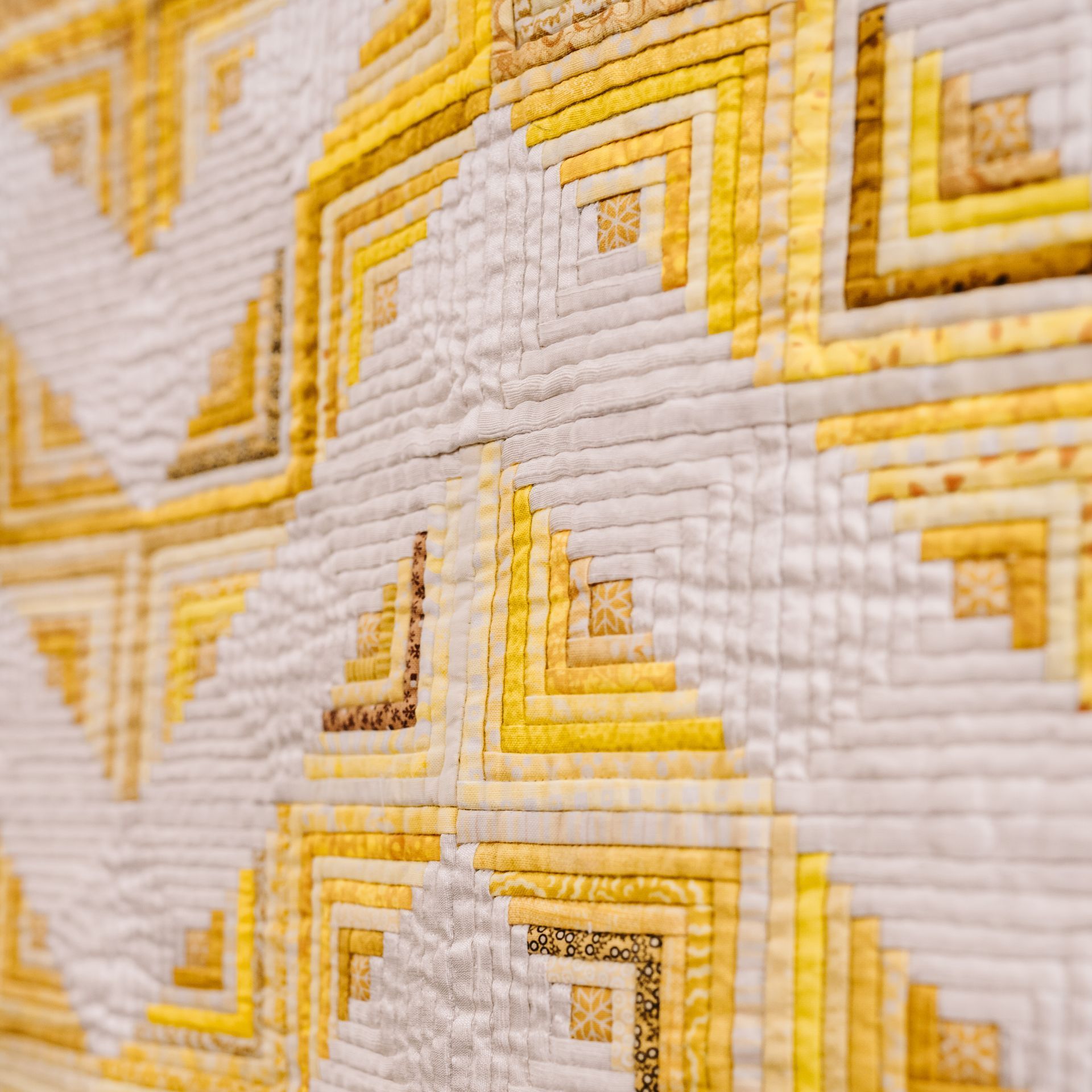Quilt History Snippets - April 2025
What: Review of Uncoverings 1994, Volume 15 of the Research Papers of the American Quilt Study Group, edited by Virginia Gunn
Topic: “Aesthetics and Ethnicity: Scotch-Irish Quilts in West Virginia”
Author: Fawn Valentine
While participating in the West Virginia Heritage Quilt Search in 1992 the author noticed a “particular aesthetic or ‘look’” to some of the quilts brought to documentation events and estimated to have been made on or before 1940. The “prominent features” she noticed included 1) “blocks pieced in a repeating pattern but varied by changing figures/ground relationships and, at times, obscured by the use of same-value colors and adjacent print fabrics, 2) lack of contrasting borders, and 3) unified allover quilting pattern, typically the fans design, rows of concentric arcs.” She realized that these quilts embodied “an aesthetic reflecting Scotch-Irish social history—the perennial condition of living on the periphery of mainstream society both geographically and philosophically.” [p. 7]
Valentine provides a representative summary of the history of Scottish, Irish, and British history from about the seventeenth century and the immigration patterns of these groups to specific regions of the United States to help understand how she came to her conclusions. Her discussion includes cultural, religious, political, and ethnic influences on the cultural and aesthetic choices specific to the mix of groups involved. Using the standard material culture methodologies described by E. McClung Flemming and Jules David Prown, there are good descriptions of her analytical methods and charts to bolster her conclusions, although she notes that much of her conclusions are, of necessity, speculative in nature. Valentine notes, “To translate subjective impressions into quantified theory, I worked with both the visual information provided by the color slides of quilts and from the data recorded on documentation forms…”. She created a “set of visual characteristics” to help clarify what she thought she was seeing. [p. 20] Her report is a cogent explanation of her conclusions and how she reached them.
This is a well-researched and thoughtful report, extensively referenced with 46 endnotes. Given that many immigrants helped settle the Appalachian wilderness in the nineteenth and early twentieth centuries, it might be interesting to see an expanded analysis of regional quilt aesthetics that include the work of Appalachian quilters as researched and described by Jeannette Lasansky and, possibly, others.
Share Post




